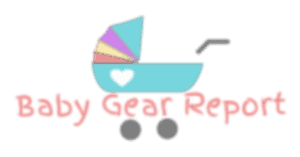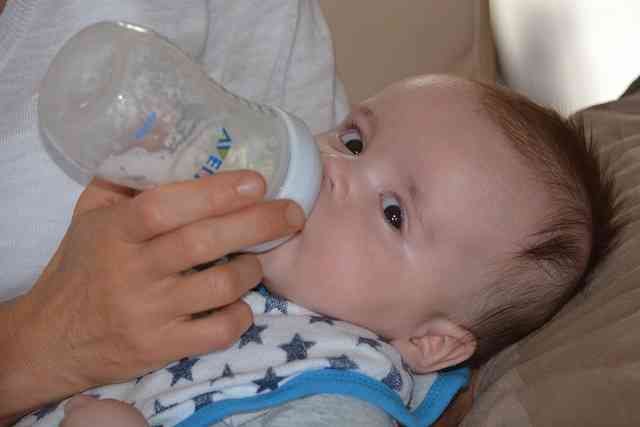It depends. Baby bottles do not expire, so you can theoretically reuse them for many years until they break or deteriorate. Some types of bottles last longer than others, with glass bottles being most likely to withstand reuse. However you should regularly be inspecting your bottles to make sure they are still in a good usable condition.
How to know when to replace a bottle?
You should both visually inspect your child’s bottles and test them with some liquid to ensure they are still in good shape. If you see any cracks, holes, or discolorations in any part of a bottle, then that part at least should be replaced.
The material your bottles are made of can make a significant difference. Glass bottles are significantly stronger than plastic, and therefore can likely be reused longer. There are also different types of plastics a bottle could be made out of, some of which might last longer than others.
This post is more of a summary on this topic. I also encourage you to read this other post I wrote which talks about this in much more detail.
Visually inspecting a bottle for reuse
When you are planning to reuse a bottle, and in fact when you are still using it on the first baby, you should regularly inspect the bottle for issues.
If there are cracks or holes, then your bottle is likely unusable and you should immediately stop use and replace it. You do know want slivers of the bottle, especially if it’s glass, to fall into the milk, cut through the nipple, and get into your child’s mouth.
If there are discolorations in the bottle itself, then that can be a sign that the materials the bottle is made of is breaking down and chemicals might be leaking into the milk, and therefore absorbed into your child’s body. Discoloration from dried buildup of fats and milk in the bottle should be ignored, so be sure to carefully clean the bottle as much as possible before looking for discoloration.
Remember to always replace the bottle’s nipple
Nipples generally always wear out first. They are the softest part of the bottle and receive the most wear and tear. Even if you reuse the bottle itself, you should always replace the nipples. A worn out nipple can
- More easily tear and become a choking hazard
- Have enlarged holes, causing your infant to receive more milk than they should, potentially leading to choking and a frustrated experience for both you and your baby
- Have holes partially or completely clogged with buildup, potentially leading to a frustrating experience for you and your baby.

